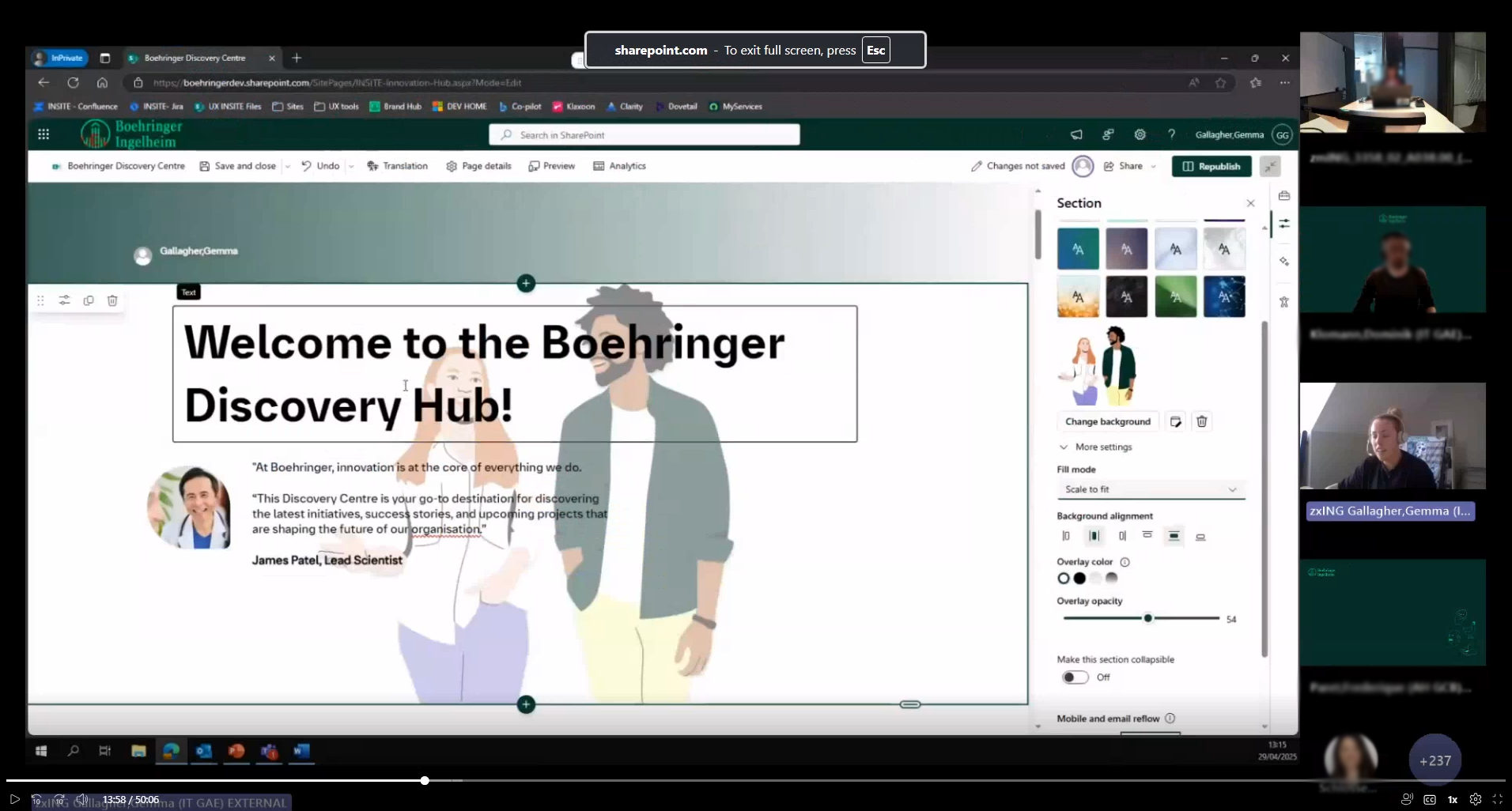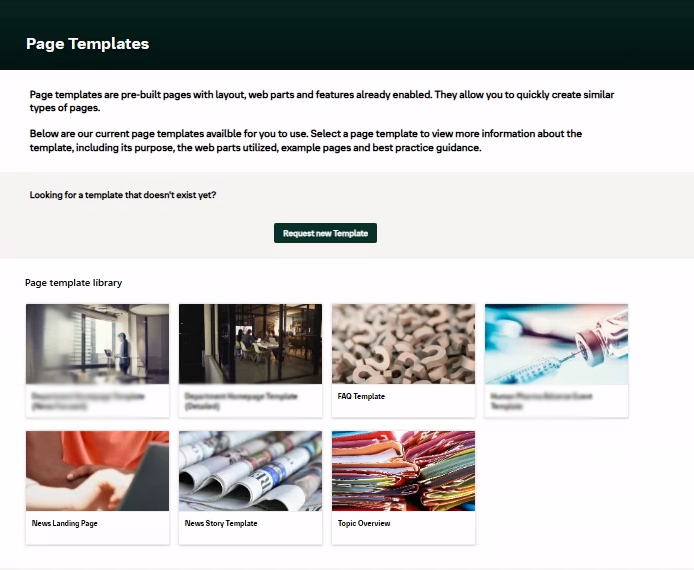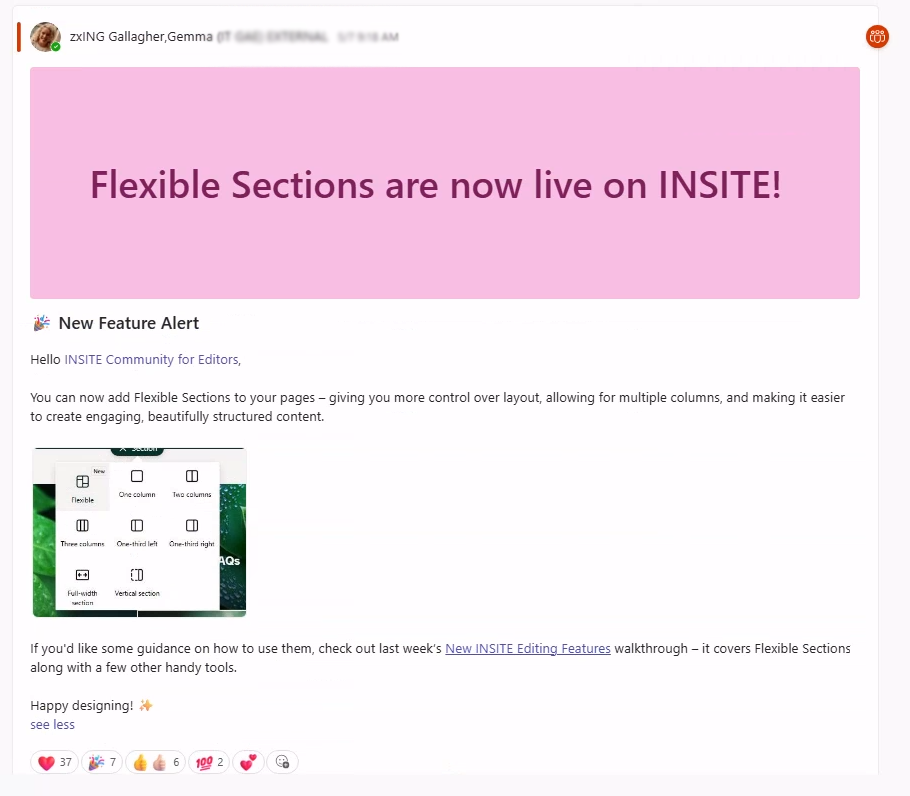Boehringer Ingelheim’s new brand created the opportunity to redesign and enhance the global intranet, with a focus on user intent, usability, and measurable value
Exploring User Needs and Delivering Tangible Value
1. Rebranding for Alignment and Value
A micro-UX example of a personalised greeting message shown when a user logs into their dashboard. This small touch helped to reinforce the sense of a customised and user-centred experience.
To ensure the changes resonated with employees, I built a user pool of over 400 employees who were willing to provide feedback and help us test new features. We employed a combination of questionnaires, interviews, and user testing to validate our designs, enabling us to iterate quickly and ensure the tools met the real-world needs of the employees. My strategic leadership in user research was key to ensuring that solutions were not only intuitive but also meaningful at scale.
Recruiting and creating a user pool of willing volunteers enabled us to test early design iterations, iterate quickly, and deliver value more efficiently. Volunteer activities ranged from quick polls and surveys to longer diary studies and user testing
A central component to the success of the digital workspace was building a thriving community of over 2,000 editors responsible for managing content across the platform. I designed modular UX systems to support decentralised content creation, enhancing consistency, accessibility, and efficiency. I provided ongoing support through presentations, Q&A sessions, templates, guidelines, and a dedicated Teams channel. This empowered editors to create high-quality, user-centred content, ensuring the intranet remained relevant, useful, and accessible to employees worldwide.







Analytics and OKRs (Objectives and Key Results) were central to shaping the direction of the digital tools at Boehringer Ingelheim. Every six months, I set clear, targeted OKRs that allowed us to hone in on specific areas for improvement and drive meaningful change. This strategic approach enabled us to focus efforts, optimise performance, and measure success in a structured way.
Measurable Impact and Industry Recognition
Our UX work on personalising the intranet — ensuring employees felt valued and had access to the right tools, content, and information for their roles — was recognised in the SWOOP Analytics 2025 SharePoint Intranet Benchmarking Report as a leading example of intranet design

